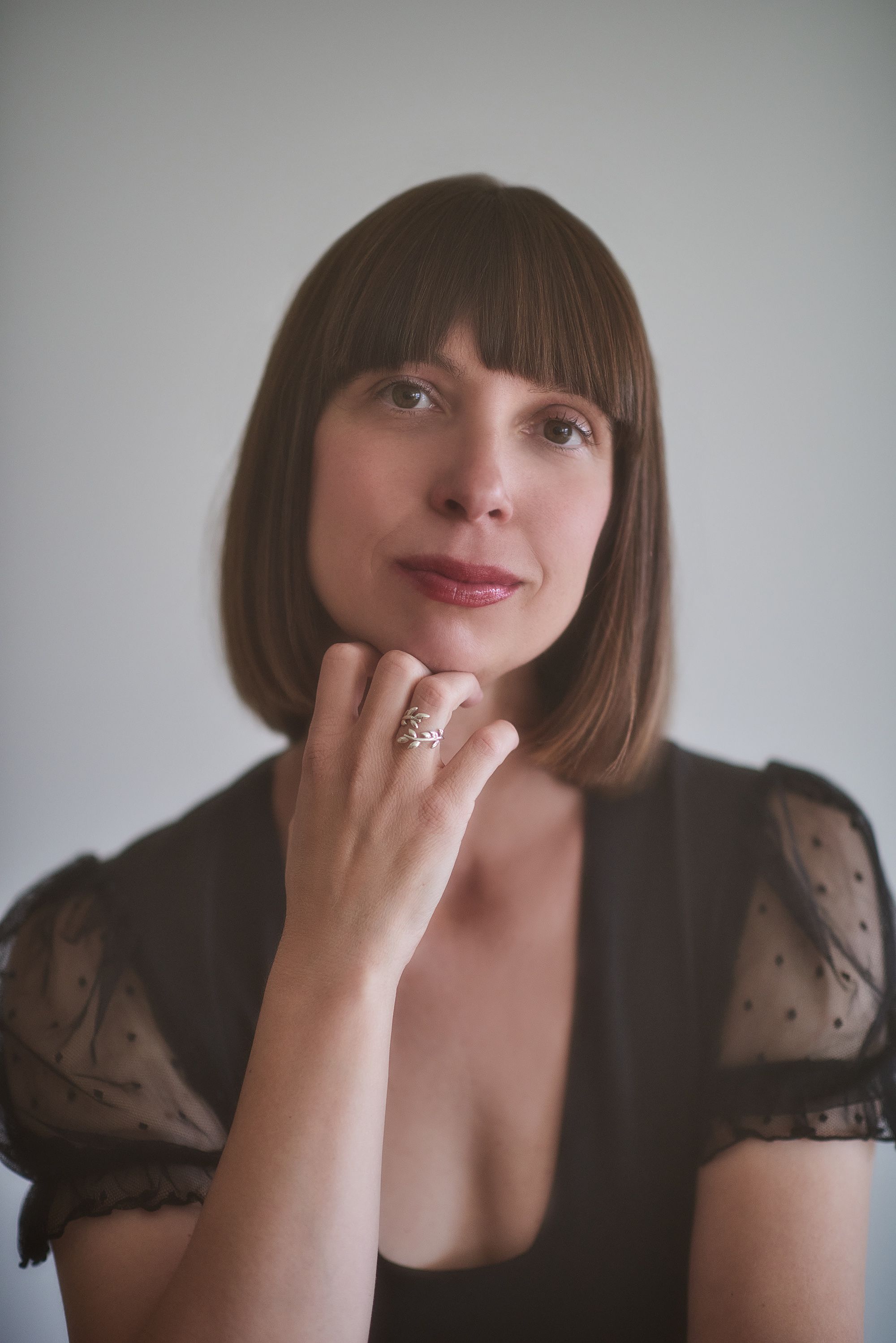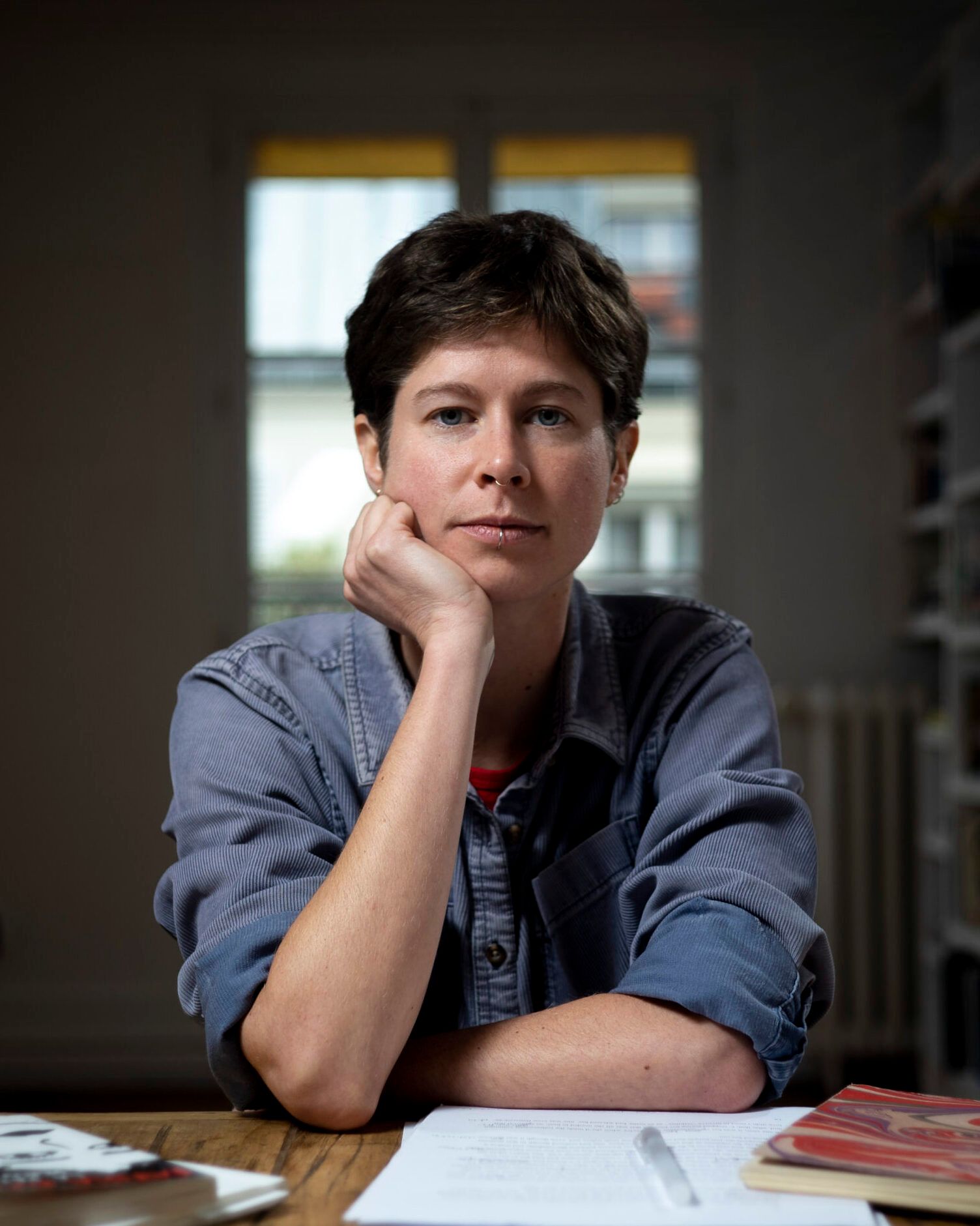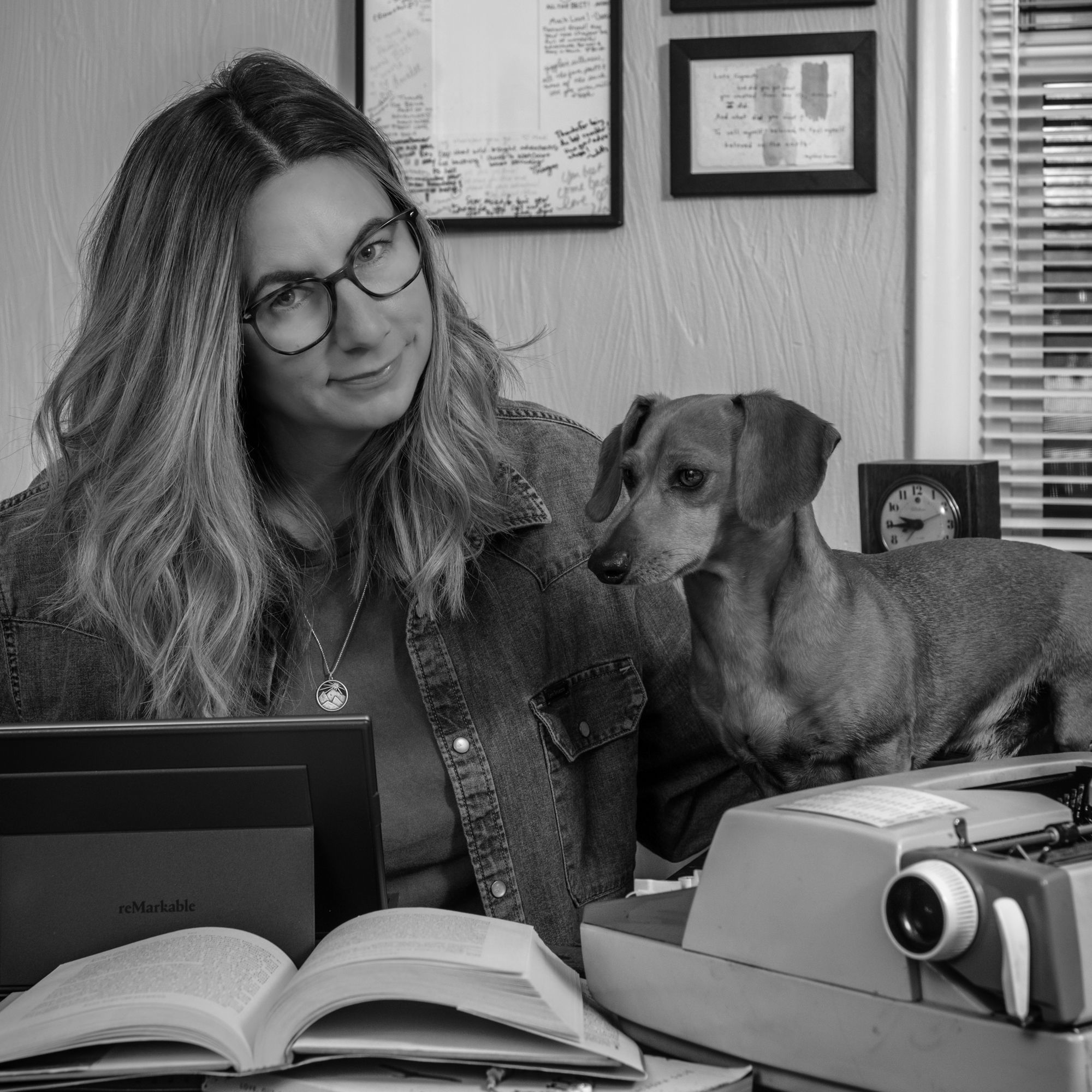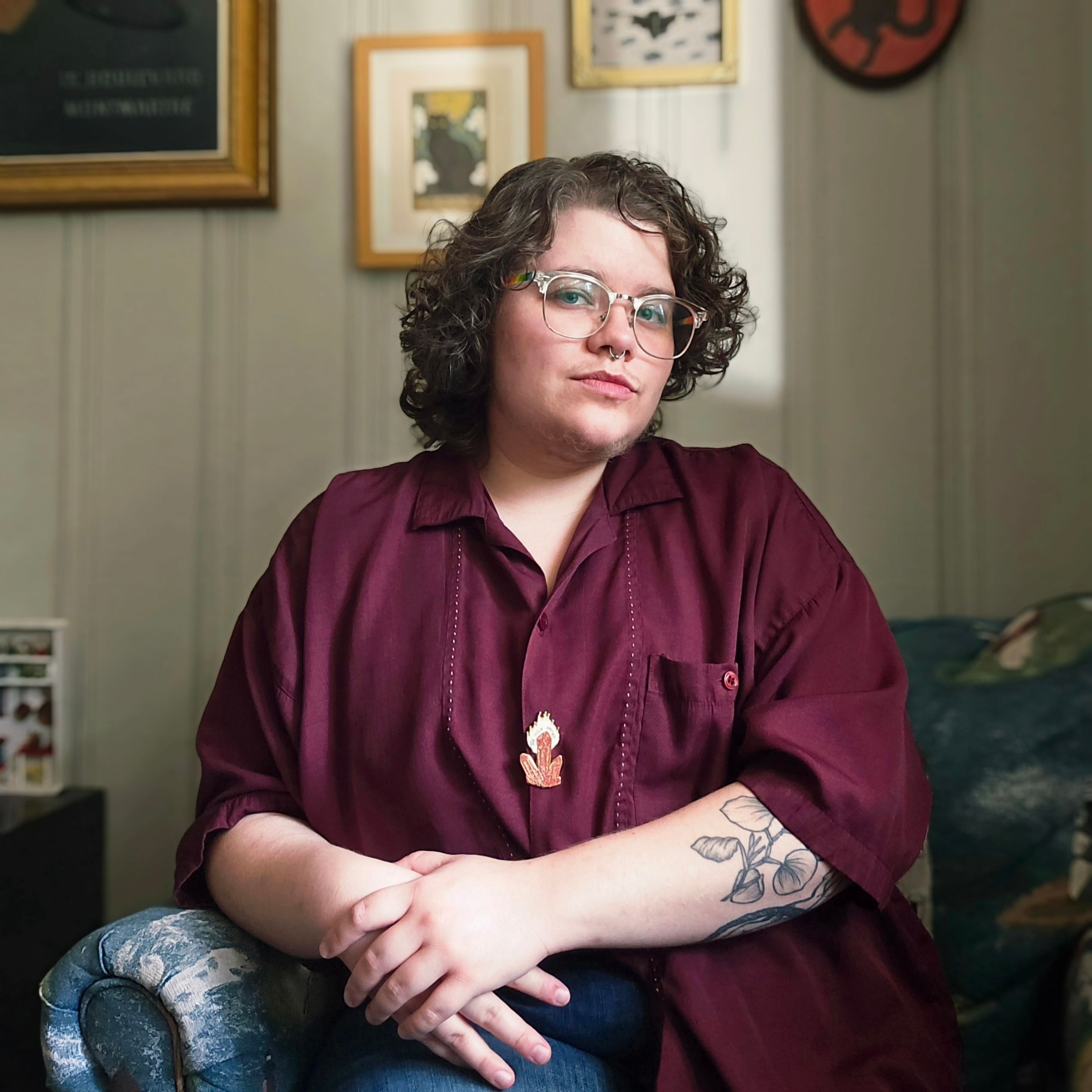Morgan Talty is a citizen of the Penobscot Indian Nation where he grew up. He is the author of the story collection Night of the Living Rez from Tin House Books. Talty is also an Assistant Professor of English in Creative Writing and Native American and contemporary Literature at the University of Maine, Orono, on the faculty at the Stonecoast MFA in creative writing, as well as the Institute of American Indian Arts. In addition to his writing and teaching, he is a Prose Editor at The Massachusetts Review.
I had the pleasure of speaking with Talty about his magnificent debut, on his writing and publishing journey, epistolary prose, the gifts of “failure,” and what he’s up to next!
Montserrat Andrée Carty: First, huge congrats on all the (well-deserved) attention Night of the Living Rez has received! Since this is your debut, can you share with us your writing journey (from idea to publication)?
Morgan Talty: Thank you! The writing journey has been a long one. The first story I wrote for this book was “Night of the Living Rez” and I wrote that in 2015. It wasn’t until 2017 that I decided to write a collection, and so I spent three years working on the book. I can’t even tell you how many stories I wrote. There’s twelve here, in the book, but there must be at least 35 in folders.
The writing journey was full of surprises—encountering moments where I thought the book would not work, but then finding a way through making elements work (that balance between story and “novel”). And the publishing journey too was equally as wild and surprising. I queried agents for about a year and a half and nobody wanted it. They liked it, but they didn’t know how to sell it. I was asked to turn it into a novel, and I tried but the book fell apart in that full form, and so I said screw it, it is what it is, and I moved on. Then, in summer of 2020, a friend and former mentor connected me with their agent, Rebecca Friedman, who loved it and ultimately sold it to Tin House.
Montserrat Andrée Carty: Can you talk about your process for putting together these stories as a linked collection, and the decision to have two sets of stories (at different points in time) in conversation with each other (David vs Dee)?
Morgan Talty: To be honest, I feel like I didn’t have a choice in any of this. What I mean by that is that the book wanted to be this way, and my job as a writer was to listen to the stories and try and hear what they wanted me to do with them. The first draft of this book, for example, was all told from David’s point of view and moved chronologically in time, starting with him as a young boy moving up to when he was a young adult in “Night of the Living Rez.” But that ten-story collection felt so boring. It just didn’t work. And so I abandoned the project and went to write something else, which became “Burn.” When writing that story, I was convinced Dee was not David, but once I stopped resisting that, a question emerged: What happened? If this is David all grown up, what went wrong? The whole book came back to life for me, and that was the story, I think, cluing me in on where it wanted to go: it wanted to be this fragmented novel or interconnected collection. So, I’d say, the decision really wasn’t mine! The stories spoke to me.
Montserrat Andrée Carty: In your beautiful essay published in The Sun titled “Messages” you speak of letter writing between you and your mother (“Another way Mom talked to me when she wasn’t physically present was through handwritten letters: put in a ziplock bag and tucked into my backpack before I boarded a Greyhound bus…”). You wrote letters to your late mother in the form of journal entries, as a way to keep her close. I was so moved by this. I love epistolary essays, novels, memoirs, etc. It’s such an intimate form. I am curious if you have any favorites?
Morgan Talty: Thank you so much for the kind words! That piece was so much fun to write. And healing, too. I’d say my favorites are On Earth We’re Briefly Gorgeous by Ocean Vuong and Robinson’s Gilead.
Montserrat Andrée Carty: You have said that you were a storyteller all your life but that you didn’t write or read growing up, and that you carried self-doubt in your ability to do anything academically when you were young. The more I talk to artists (of all kinds) the more I see this as a commonality many of us share. How did (or do!) you push through that self-doubt? Was there a moment you remember where you felt you could finally claim yourself as “writer,” “artist”?
Morgan Talty: I’ll always be doubtful, but I got to point where I was like, I’m writer—a good one, a bad one, what difference does it make? I’m dedicating my life to this art—I’m trying to articulate something about the human condition that feels inarticuable. And so for me, I just tell myself, You’re a writer. You write. Of course, that saying or feeling can kind of get sucked up with you start thinking about publishing and making a living, but you have to keep the two separate: there’s the art side, and then there’s the business side.
Montserrat Andrée Carty: I heard you say in a podcast interview that you don't believe anything we write is a failure. I loved what you had to say both about persistence and recycling writing that doesn’t work in its original form. Can you unpack this a bit?
Morgan Talty: Yeah, for me, my thinking is this: the business side of writing likes to call stories failures: the ones that never accepted or bought for publication—they get labeled and talked about as “failures.” That language has seeped into the other side, the art side, where we can see our work as “failing.”
And that’s not true. Sure, it technically “fails” because it’s not working the way you want it to, but we can’t look at like a failure. When we do, we treat it as an isolated thing separated from all the other work you’re doing. That’s not the way to do it. We must recognize that that piece, while it’s not working, is actually telling us how to proceed. The next piece you write is influenced by the last—even if it is completely unrelated it. Not sure if this makes sense, but you can’t get to the other side of the road without taking some steps. It’s the same with writing. You can’t write that great story without writing all the others in between.
Montserrat Andrée Carty: Can you share some Native writers whose writing you especially love?
Morgan Talty: Richard Van Camp, Eden Robinson, Bojan Louis, Erika T. Wurth, and Chelsea T. Hicks.
Montserrat Andrée Carty: I heard a rumor that you are working on an essay collection about family? Tell us more!
Morgan Talty: I am! It’s tentatively titled In a Field of Stray Cats and I plan for the book to be filled with stories focused on my family, sort of a darker David Sedaris. Narrative Magazine published two of the pieces I intend to put in the collection: “The Gambler” and “Turkey Day.”









